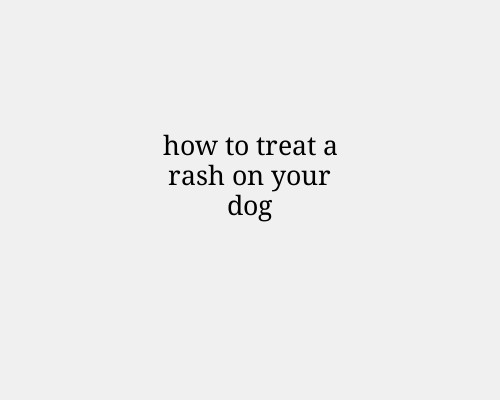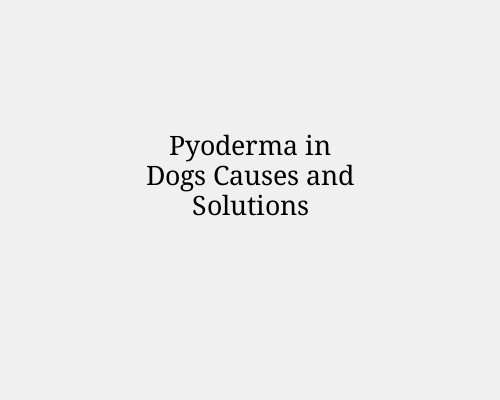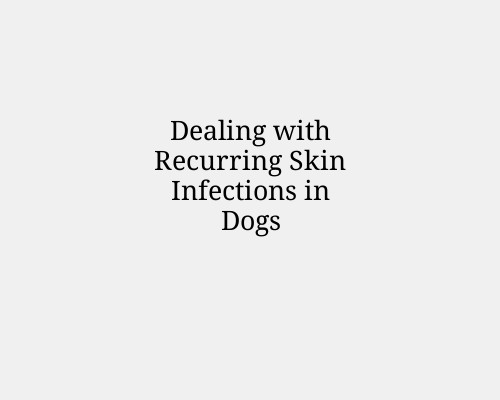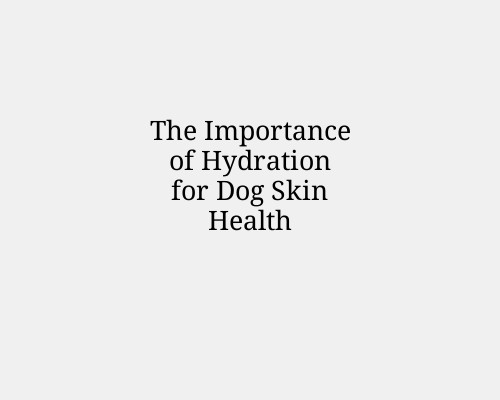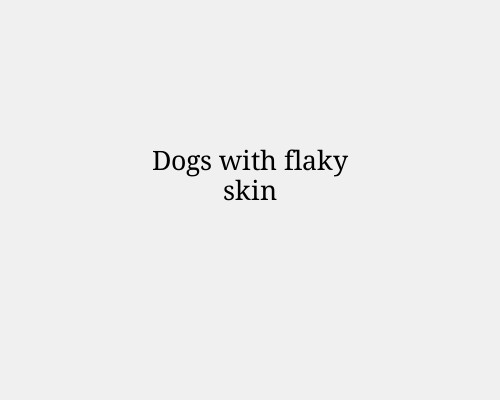how to treat a rash on your dog
How to treat a rash on your dog
Here’s a guide on how to treat a rash on your dog, covering potential causes, symptoms, and treatment options.
Identify the Cause of the Rash
Dog rashes can result from various issues, including:
Allergies: Environmental (pollen, dust), food, or contact allergies (grass, shampoo).
Fleas or Parasites: Flea bites, mites, and ticks often cause rashes.
Bacterial or Fungal Infections: Moist environments can lead to infections.
Hot Spots: Acute moist dermatitis caused by excessive licking or scratching.
Environmental Irritants: Exposure to cleaning products, chemicals, or rough surfaces.
Common Symptoms of Dog Rashes
Look for these signs:
Red, inflamed patches of skin
Bumps or pimples
Excessive itching or licking
Hair loss around the affected area
Scabbing or crusting
Dry, flaky skin
Steps to Treat a Dog Rash at Home
Clean the Affected Area
Gently clean the rash with lukewarm water and a mild, dog-safe shampoo.
Pat dry with a soft towel. Avoid scrubbing, which can worsen irritation.
Apply a Soothing Remedy
Aloe Vera Gel: Use pure aloe vera to soothe itching and inflammation.
Oatmeal Paste: Mix ground oatmeal with water to form a paste and apply it to the rash.
Chamomile Tea: Steep a chamomile tea bag, cool it, and dab the rash with a cotton pad.
Coconut Oil: Acts as a natural moisturizer and anti-inflammatory.
Use a Medicated Cream or Spray
Apply hydrocortisone cream (dog-safe, vet-approved) to reduce itching.
Anti-itch sprays specifically designed for dogs can provide relief.
Prevent Licking
Use an Elizabethan collar (cone) or a dog T-shirt to prevent further irritation from licking or scratching.
When to See a Veterinarian
Seek professional help if:
The rash worsens or spreads.
There is oozing, bleeding, or a foul odor (signs of infection).
Your dog has a fever, lethargy, or other unusual symptoms.
The rash lasts more than a few days despite treatment.
Your vet may recommend treatments such as:
Antibiotics or Antifungal Medications (for infections)
Antihistamines or Steroids (for allergies)
Flea/Tick Preventatives
Prevent Future Rashes
Bathe Regularly: Use a gentle, hypoallergenic dog shampoo.
Flea Control: Consistent flea/tick preventatives can avoid infestations.
Allergy Management: Identify triggers and reduce exposure.
Clean Environment: Wash bedding regularly and avoid harsh cleaning agents.
Treating a rash promptly can help your dog feel better and prevent more severe complications. Always monitor closely and consult your vet when in doubt!

